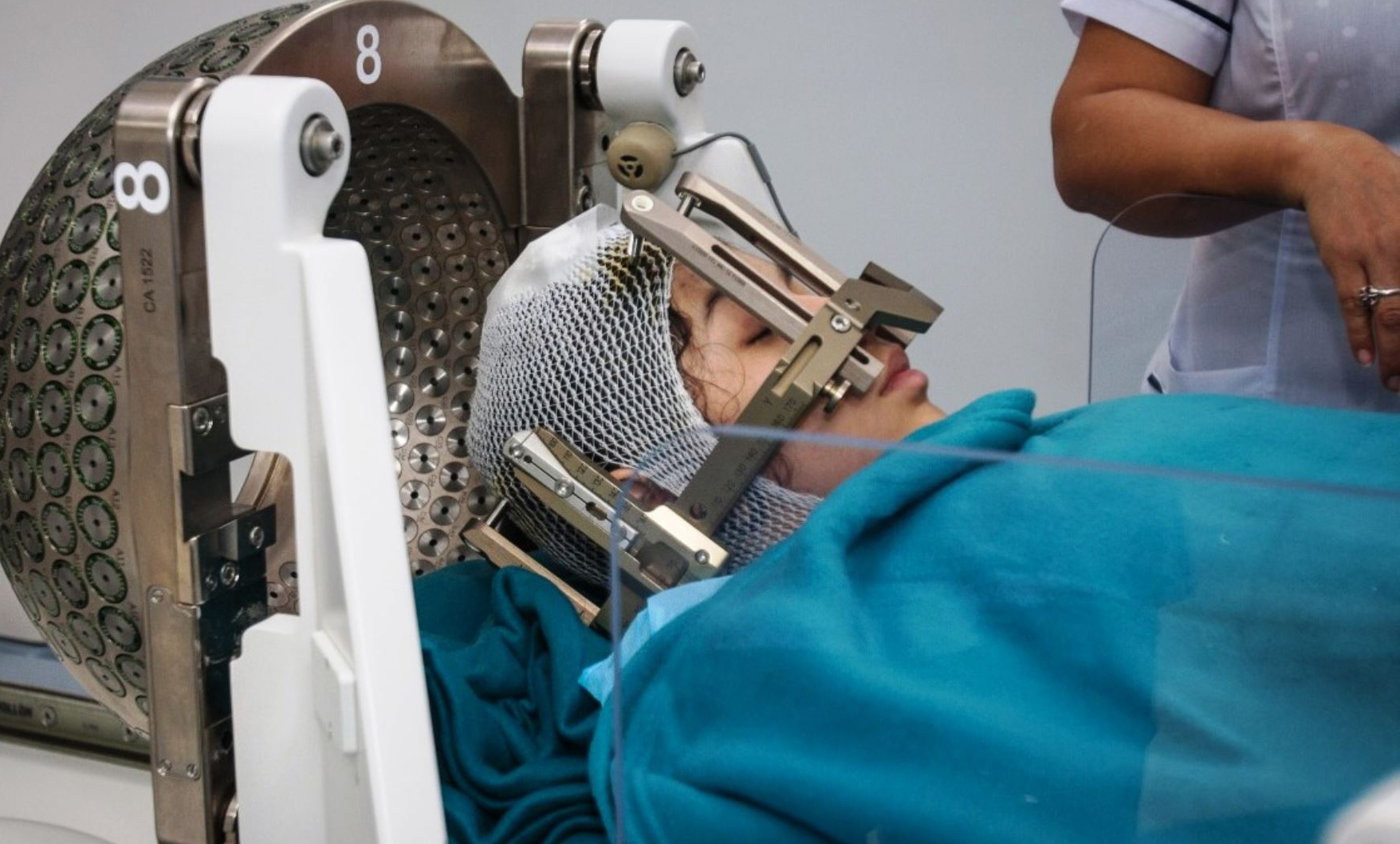[et_pb_section bb_built=”1″][et_pb_row][et_pb_column type=”4_4″][et_pb_text _builder_version=”3.13.1″]
In what non-cancerous diseases is radiotherapy indicated?
It is indicated in inflammatory diseases such as tendinitis, and fasciitis; and in degenerative diseases such as osteoarthritis of the hand, shoulder, knee and hip, the excess of salivation (sialorrhea) associated with ALS. It also applies to proliferative processes (those in which there is a non-cancerous growth of a tissue), such as heterotopic Ossification of the hip (growth of the bone around the newly placed prosthesis), age-related macular degeneration (AMD). , or psoriasis.
Another indication is the prevention and treatment of gynecomastia (growth of the mammary gland in men as an effect of hormonal blockade of the prostate or drugs for heart conditions) and mastodynia (when this process causes pain).
How does radiotherapy work in these benign diseases?
In the degenerative processes, it acts on the inflammation, reducing the symptomatology (pain, reduced mobility). In inflammatory diseases acts on the cause, controlling the problem.
Its main advantage over conservative (physiotherapy) or pharmacological treatments is that the treatment period is shorter and its effects are longer. For example, in fasciitis, radiation therapy is given two days a week for three weeks. Once a year is reevaluated and, if necessary, the treatment is administered again, but it is usually not necessary because the problem is solved.
In the case of osteoarthritis, the same dose is administered, but it only acts on the symptoms (it mitigates pain but does not solve bone degeneration).
Learn more about your health and well-being at Pharmamedic.
[/et_pb_text][/et_pb_column][/et_pb_row][/et_pb_section]








